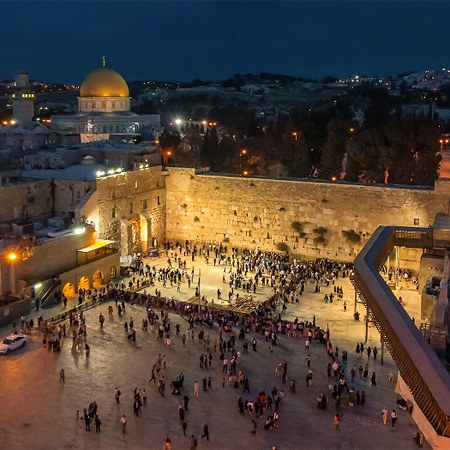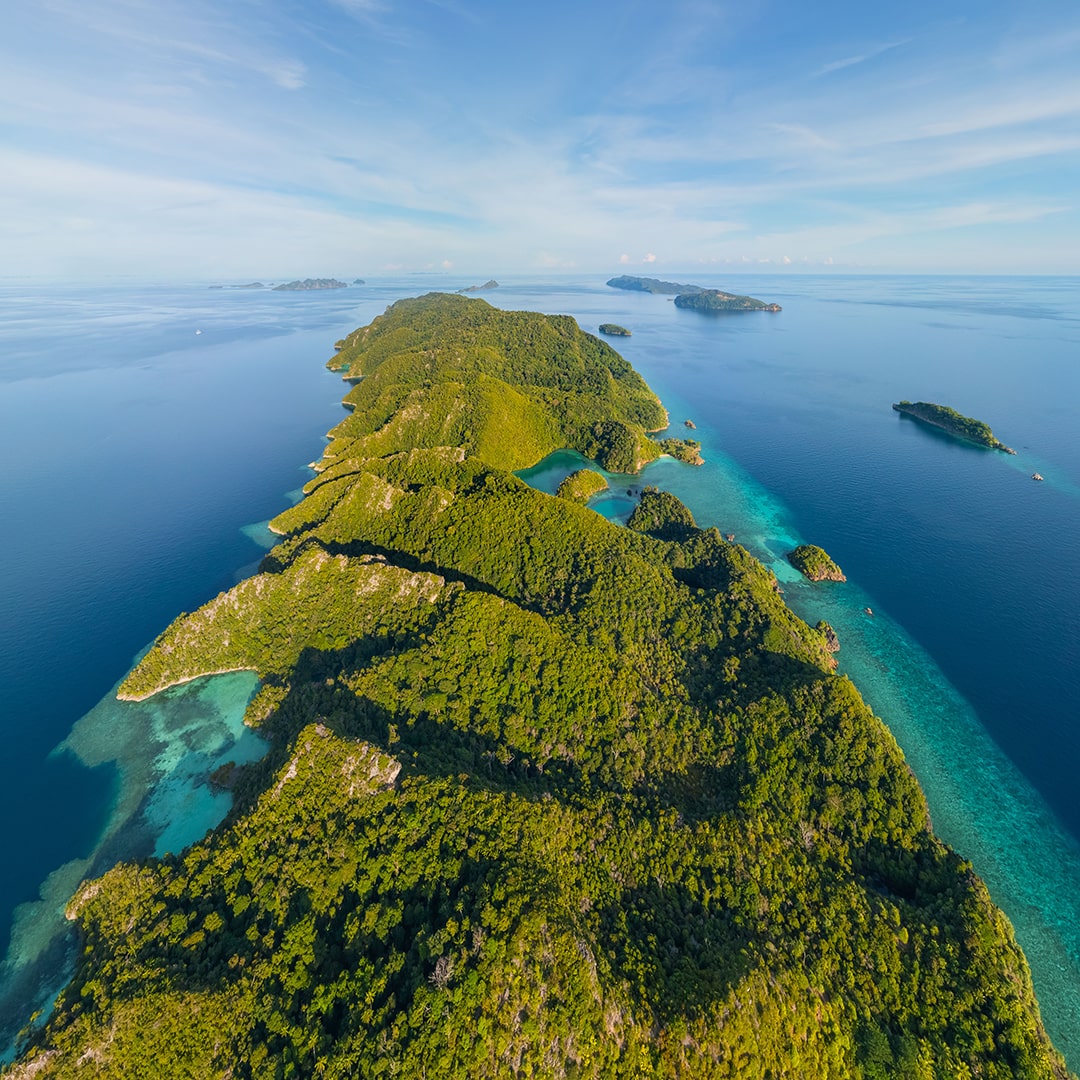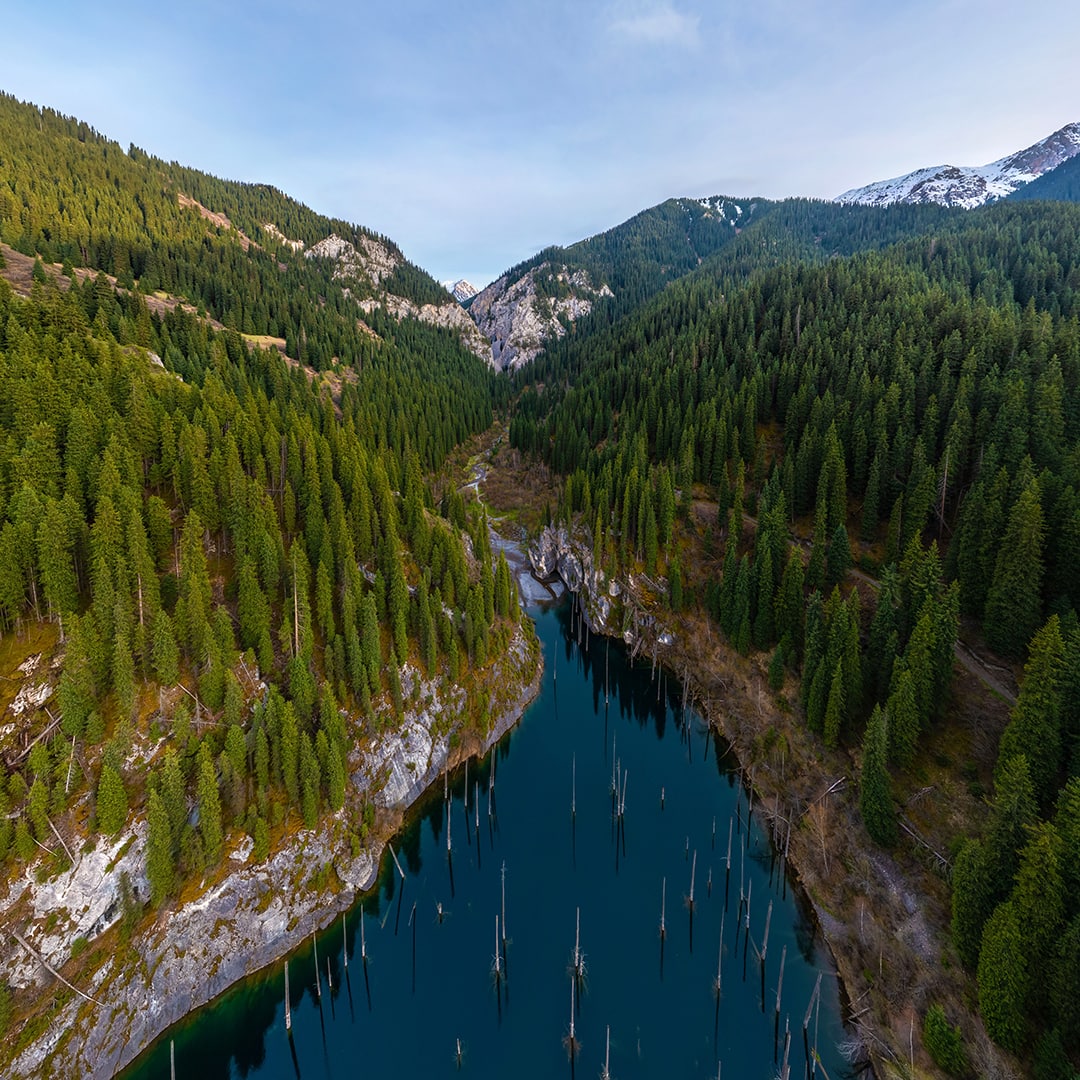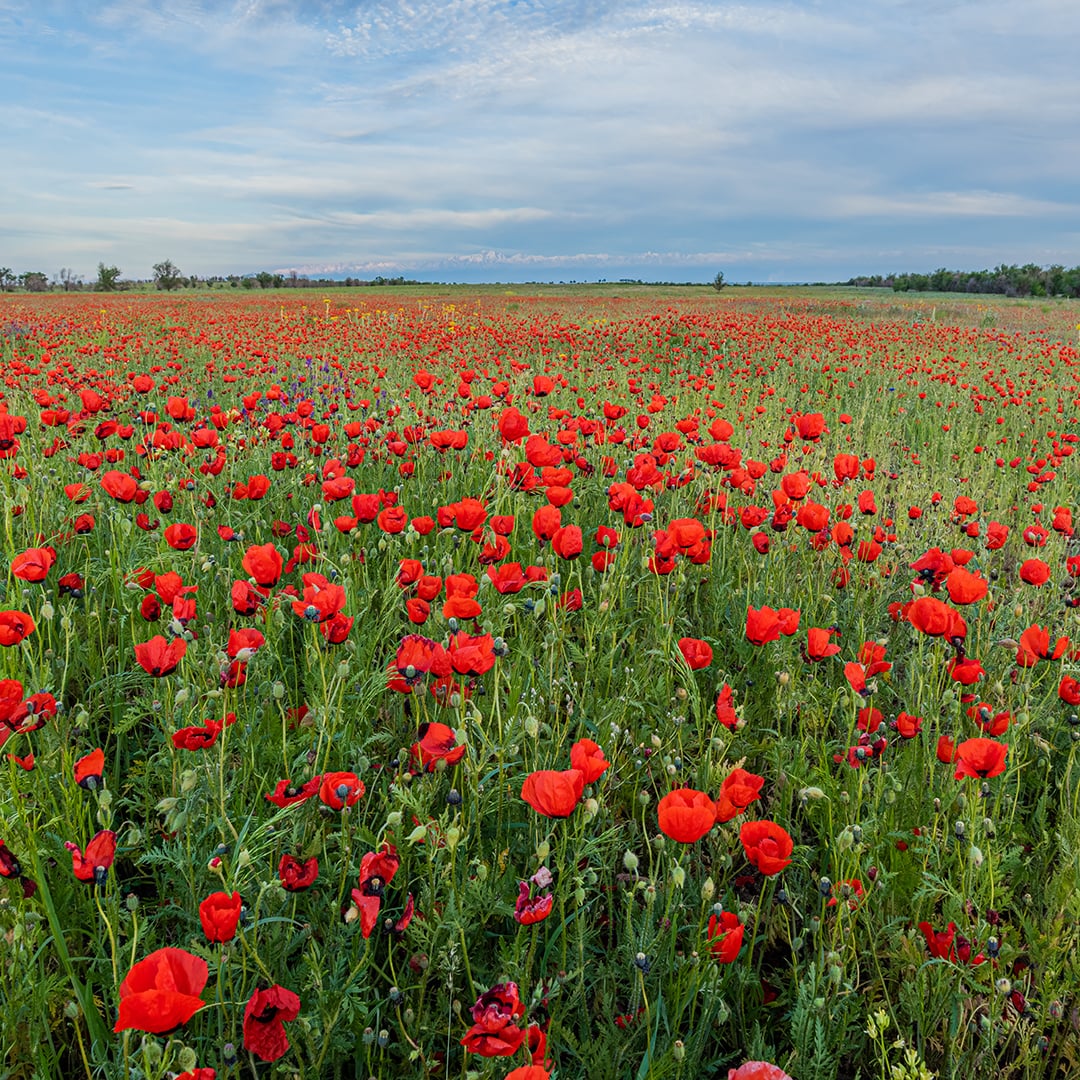Old City of Jerusalem
Jerusalem is one of the oldest cities on our planet. It was first mentioned in the 19th — 13th centuries BCE. The Kingdom of Judah, the empire of Alexander the Great, Syria of Seleucids, Ptolemaic Egypt, Ancient Rome, Byzantium, the Arab Caliphate, the Crusaders, the Ayyubid dynasty, the Mongol-Tatars, the Mamluk Sultanate, the Ottoman Empire, the British Empire, Jordan, and Israel all ruled Jerusalem at one point in time.
The Old City, the historical part of Jerusalem surrounded by the walls, is the "heart" of the modern city of Jerusalem. The narrow cobbled streets, majestic walls, Roman columns, and ancient buildings hold memories of the numerous legendary events. The Old City is home to three major shrines of the world's religions: Judaism, Christianity, and Islam.

The world-famous Wailing Wall is what was left of the Western Wall, which once surrounded the Second Jerusalem Temple. In 568 BCE, the Babylonian king, Nebuchadnezzar, destroyed the First Temple, which had been built by King Solomon in 960 BCE. The Second Temple was damaged during the Jewish War in 70 CE. The 156-meter-high Wailing Wall, made of huge tightly fit stone monoliths, is the only remaining fragment of the temple.

One can see people praying here and placing notes in the cracks of the Wailing Wall practically at any time of the day. This is also the final destination where believers from all over the world address their letters to "God in Jerusalem". When there are too many notes embedded in the Wall, they are taken out and buried, because the Talmud prohibits destroying paper if God's name is written on it.
David's Citadel is one of many landmarks in Jerusalem. It was built in the 2nd century BCE to protect the Old City. It was destroyed and rebuilt anew numerous times. The Tower of Phasael (King Herod named it after his brother, who committed suicide) is the only one of three Citadel towers that survived until the present day. David's Tower earned its modern name from Byzantine Christians, who believed that this was the location of the Biblical king's palace.

The (also known as the Church of the Resurrection), the most important Christian relic, is located in the northwest part of the Old City, in the center of the Christian Quarter. It is believed that this is where Jesus Christ was crucified, buried, and then resurrected. Like many other ancient landmarks of Jerusalem, the Church of the Holy Sepulcher went through several reconstructions. Now, it is a massive architectural complex, which contains the Calvary (Golgotha), along with the Rock of Calvary, several monasteries, churches (including the underground church), galleries, and so forth.
The Church of the Holy Sepulcher is shared by six denominations of the Christian church: Greek Orthodox, Catholic, Armenian, Coptic, Syrian, and Ethiopian. Each of them has a dedicated chapel and specified time for prayer. In order to avoid misunderstandings between different denominations (as conflicts often occurred in the past), starting in 1192 CE, the "independent party", specifically, Arab families, was given ownership of the key to the church and therefore has the right to open its gates.

The Muslim Quarter, home to many landmarks and relics, occupies the northeast part of the Old City. The most famous is al-Aqsa Mosque; a holy place located on top of the Temple Mount. The mosque can accommodate 5,000 people simultaneously. Muslims believe that Muhammad was miraculously transported one night from Mecca to this very place, whereupon he ascended to Heaven.
There are a great number of other landmarks outside of the Old City, such as Kidron (or Jehoshaphat) Valley (where the tombs of the Christian era reside), the Garden of Gethsemane, the Tomb of the Virgin, and the Church of St. Mary, which is located on the Mount of Olives and was built by the Russian emperor Alexander III.
The Mount of Olives (or Mount Olivet) offers a picturesque view of the Old City with its thick fortification walls surrounding 34 towers and 8 gates, domes of the churches, mosques, and synagogues... Our photo panoramas will give you an opportunity to see the numerous landmarks of Jerusalem in detail.
Photo and video by Dmitry Moiseenko
5 May 2023
Read more
Virtual Travels in 360°
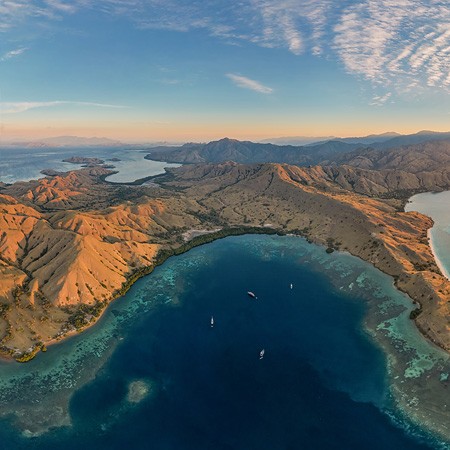 Komodo island, Indonesia
Komodo island, Indonesia
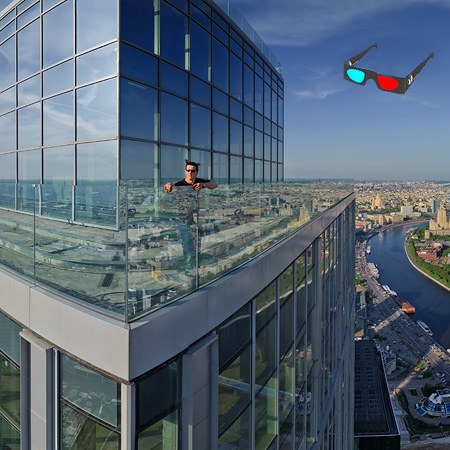 Moscow City View, Stereo Panorama
Moscow City View, Stereo Panorama
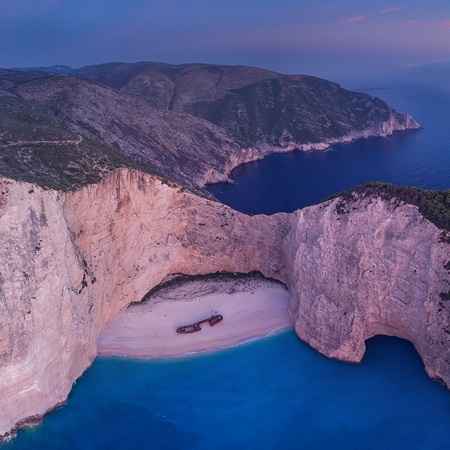 Zakynthos Island, Greece
Zakynthos Island, Greece
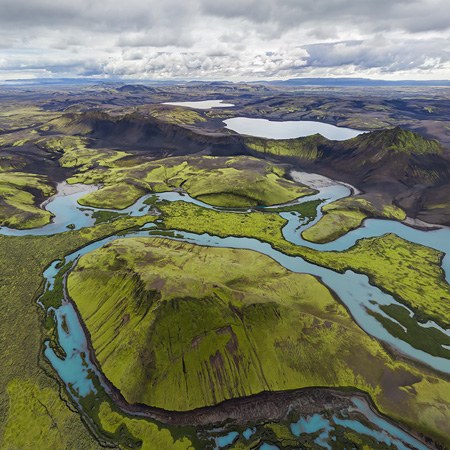 Highlands of Iceland, Langisjor and Veidivotn
Highlands of Iceland, Langisjor and Veidivotn
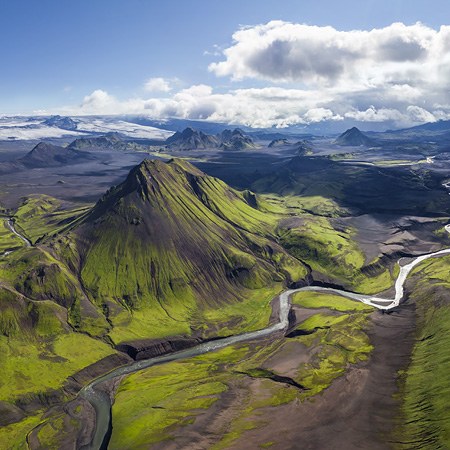 Iceland, the best aerial panoramas
Iceland, the best aerial panoramas
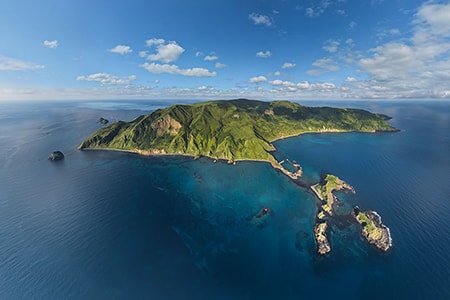 National Park Moneron Island. 8K 360° virtual travel
National Park Moneron Island. 8K 360° virtual travel
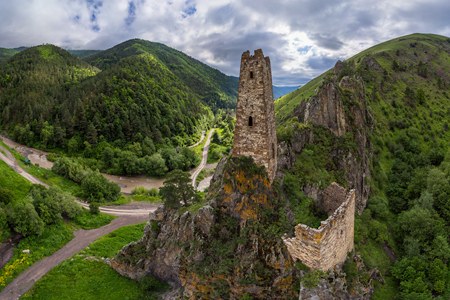 Watch Towers of Ingushetia, Russia
Watch Towers of Ingushetia, Russia
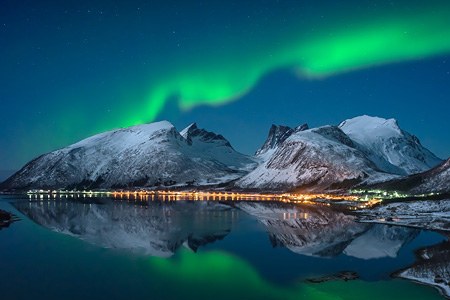 Northern lights in Norway
Northern lights in Norway
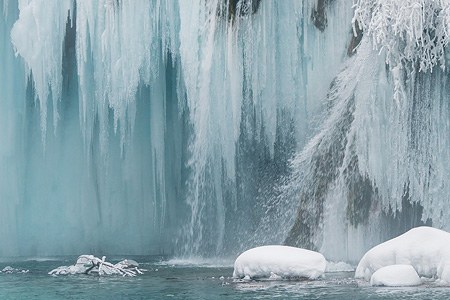 Plitvice Lakes National Park in Winter, Croatia
Plitvice Lakes National Park in Winter, Croatia
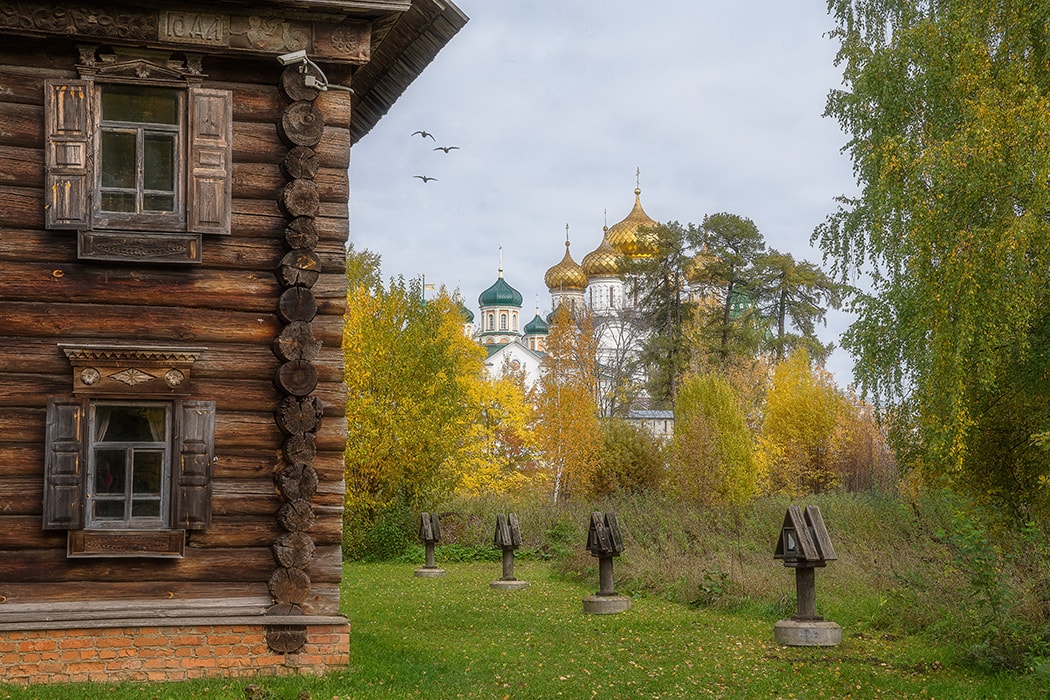 Kostroma, Golden Ring of Russia
Kostroma, Golden Ring of Russia
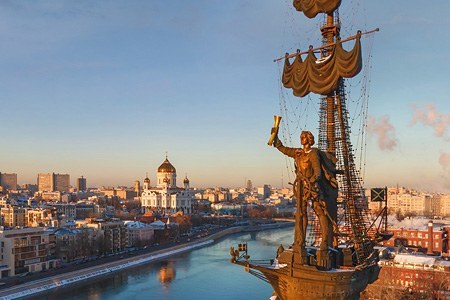 Moscow, Russia
Moscow, Russia
Show more




